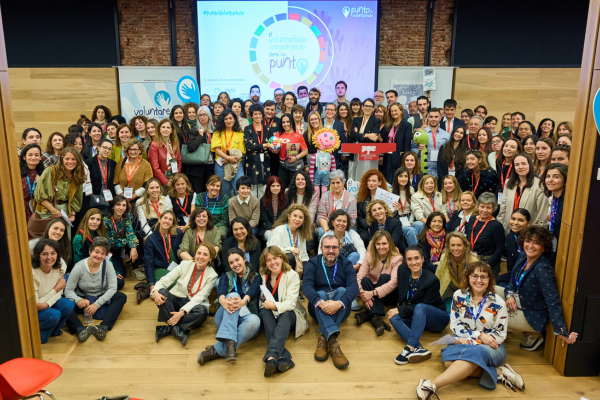At our recent Inclusion Inc. conference at The Fletcher School, there was a fascinating conversation between Tim Cross, President of YouthBuild International, and two of YouthBuild’s corporate partners, Lata Reddy, President of The Prudential Foundation and Dina Silver Pokedoff, Senior Manager of Branding for the Saint-Gobain Corporation.
The discussion offered insights into what it takes to get a partnership started with different kinds of corporate entities, and, more critically, what it takes to ensure that the partnership endures.
Corporations and NGOs are very different in their goals, structures, motivating factors and cultures. They enter into relationships with each other with differing objectives.
As these kinds of relationships mature, corporations and NGOs are getting somewhat less wary of each other. They are also investing in fewer partnerships, choosing to focus on specific strategic relationships. But there are still many bumps on the road ahead.
Consider their differing motivations. According to the Corporate-NGO Partnerships Barometer, the primary motivation for a corporation to enter such a partnership is to enhance its brand, reputation and credibility. On the other hand, NGOs enter partnerships primarily to access funds.
It is telling that long-term stability and impact is the second most important motivation for both parties. This suggests that each has an incentive to build long-term relationships.
For the fifth year in a row, the relationship between Marks & Spencer and Oxfam was voted “most admired” in the 2014 Barometer study. What are the factors behind a strong – and admirable – relationship? What can companies and NGOs do to develop such relationships?
In YouthBuild’s case, Tim Cross mentioned five ways in which corporate partners are valuable to his organization.
1. Companies have the jobs. They represent the demand side for YouthBuild’s services – helping young people develop essential skills.
2. Companies have technical expertise that YothBuild does not have.
3. Corporate volunteers are key resources that YouthBuild can draw upon.
4. Companies have leverage with many of the enabling institutions, and with key actors like government.
5. Companies can provide essential funding for YouthBuild’s programs.
Through the multi-year research study that we are conducting in collaboration with Citi Foundation into what motivates investment in sustainable and inclusive business, we have learned that companies consider social enterprises and NGOs as essential partners in several key areas:
1. Knowledge about execution challenges, facilitating factors and inhibitors on the ground, particularly in unfamiliar territory, like inaccessible parts of developing countries.
2. Talent acquisition from communities where the company has limited reach.
3. Mechanisms for scaling up their operations by creating extensions of the corporate organization.
4. Establishing key relationships with local actors and communities and building brand equity. This would include building credibility and goodwill with political and regulatory bodies as well.
5. Mechanisms for developing market insight by tapping into local customer needs, doing market research and learning from pilots.
The more reasons that each party can cite for entering into the relationship, the greater the likelihood that it will last, and contribute to strategic goals.
Of course, there are many stumbling blocks. Consider five common sets of challenges in initiating, scaling and sustaining partnerships:
1. How compatible are the goals and cultures of the two parties?
2. Are there mutually accepted metrics to gauge the success of the relationship and its impact? Does the relationship lead to tangible business value for the company and measurably contribute to the NGO’s social purpose?
3. Does the inherently asymmetric nature of the relationship lead to friction?
4. To what extent is the relationship dependent on personal connections and chemistry among key individuals?
5. Do differences in time horizons and shifts in priorities, particularly from the corporate side, prevent the development of a long-term, strategic relationship?
POST WRITTEN BY
Bhaskar Chakravorti
Senior Associate Dean of International Business & Finance at The Fletcher School at Tufts University
Source: FORBES




